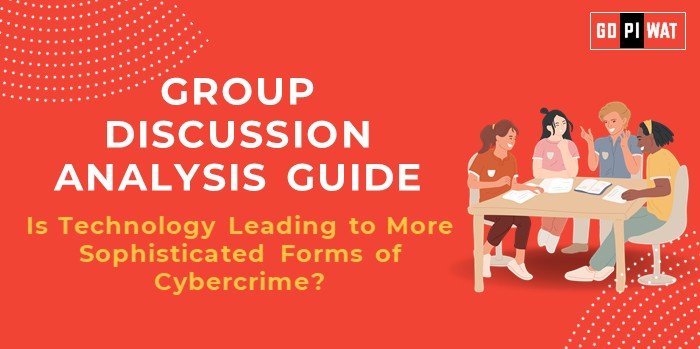📋 Is Technology Leading to More Sophisticated Forms of Cybercrime?
🌐 Introduction to the Topic
- Opening Context: The rise of digital technologies has revolutionized how we live, work, and interact. However, these same technologies have paved the way for more complex and elusive forms of cybercrime, challenging traditional methods of law enforcement and justice.
- Topic Background: Cybercrime, which initially focused on data theft and fraud, has evolved into ransomware attacks, deepfake crimes, and AI-driven scams. With global losses from cybercrime projected to reach $10.5 trillion annually by 2025, the need for robust countermeasures is more pressing than ever.
📊 Quick Facts and Key Statistics
- 🌍 Global Cybercrime Costs: Estimated at $8 trillion in 2023 (Cybersecurity Ventures).
- 📈 Ransomware Growth: 300% increase in 2022 compared to 2021 (IBM Security Report).
- 🤖 AI-Powered Scams: Over 25% of scams in 2023 utilized AI-generated content (Gartner).
- 🇮🇳 India-Specific Data Breaches: Recorded 6.8 million cybercrime cases in 2023, a 15% annual rise (NCRB).
🧑🤝🧑 Stakeholders and Their Roles
- 🏛️ Governments: Develop and enforce cybersecurity policies.
- 💻 Tech Companies: Innovate protective measures and tools.
- 🧑💻 Citizens: Stay informed and adopt safe practices.
- 🔍 Cybersecurity Firms: Lead in threat detection and mitigation.
- 🌏 International Bodies: Foster cross-border cooperation and legal frameworks.
🏆 Achievements and Challenges
✨ Achievements
- 🤖 Advanced AI in Cybersecurity: Predictive analytics prevent 85% of potential breaches in large organizations.
- 🌐 Global Treaties: Budapest Convention sets a benchmark for international cooperation.
- 📢 Awareness Programs: Initiatives like Cybersecurity Awareness Month have reached millions worldwide.
⚠️ Challenges
- 📉 Sophisticated Threats: AI enables realistic phishing and deepfakes.
- 🏗️ Infrastructure Gaps: Many nations lack advanced cybersecurity systems.
- ⚖️ Regulatory Lag: Legal systems struggle to keep pace with emerging threats.
🌍 Global Comparisons
- 🇪🇪 Estonia: Leader in e-governance and cybersecurity resilience.
- 🇨🇳 China: Heavy investments in AI for state-level cyber defense.
Case Study: The 2022 AIIMS ransomware attack in India exposed critical vulnerabilities in healthcare cybersecurity, affecting millions of records.
💡 Structured Arguments for Discussion
- Supporting Stance: “Technology has undoubtedly fueled sophisticated cybercrime, but it also equips us with advanced detection and prevention tools.”
- Opposing Stance: “The issue isn’t technology itself but its misuse. Responsible usage and ethical AI can mitigate risks.”
- Balanced Perspective: “While technology exacerbates cybercrime’s complexity, collaborative efforts between tech leaders and governments can turn the tide.”
🎯 Effective Discussion Approaches
- 📊 Opening Techniques:
- Start with statistics: “Cybercrime losses are projected to hit $10.5 trillion annually by 2025.”
- Use a case study: “The AIIMS ransomware attack highlighted critical vulnerabilities in India’s healthcare system.”
- 💬 Counter-Argument Handling:
- Example: If someone argues, “Cybercrime only affects corporations,” respond with, “True, but phishing and scams also target vulnerable individuals, costing them life savings.”
📊 Strategic Analysis of Strengths and Weaknesses
- Strengths:
- 🤖 AI-driven defenses.
- 🌐 International cooperation frameworks.
- Weaknesses:
- ⚖️ Regulatory gaps.
- 📉 Insufficient awareness in rural regions.
- Opportunities:
- 🔒 Blockchain for secure data.
- 🤝 Public-private partnerships.
- Threats:
- 🚀 Rapid evolution of AI misuse.
- 🌍 Increased cross-border attacks.
🎓 Connecting with B-School Applications
- Real-World Applications: Use the topic for projects on risk management or data governance.
- Sample Interview Questions:
- “How can AI be leveraged to counter cybercrime effectively?”
- “Discuss the role of ethical hacking in cybersecurity.”
- Insights for B-School Students: Cybersecurity is a growing sector with opportunities in consulting and IT management.


